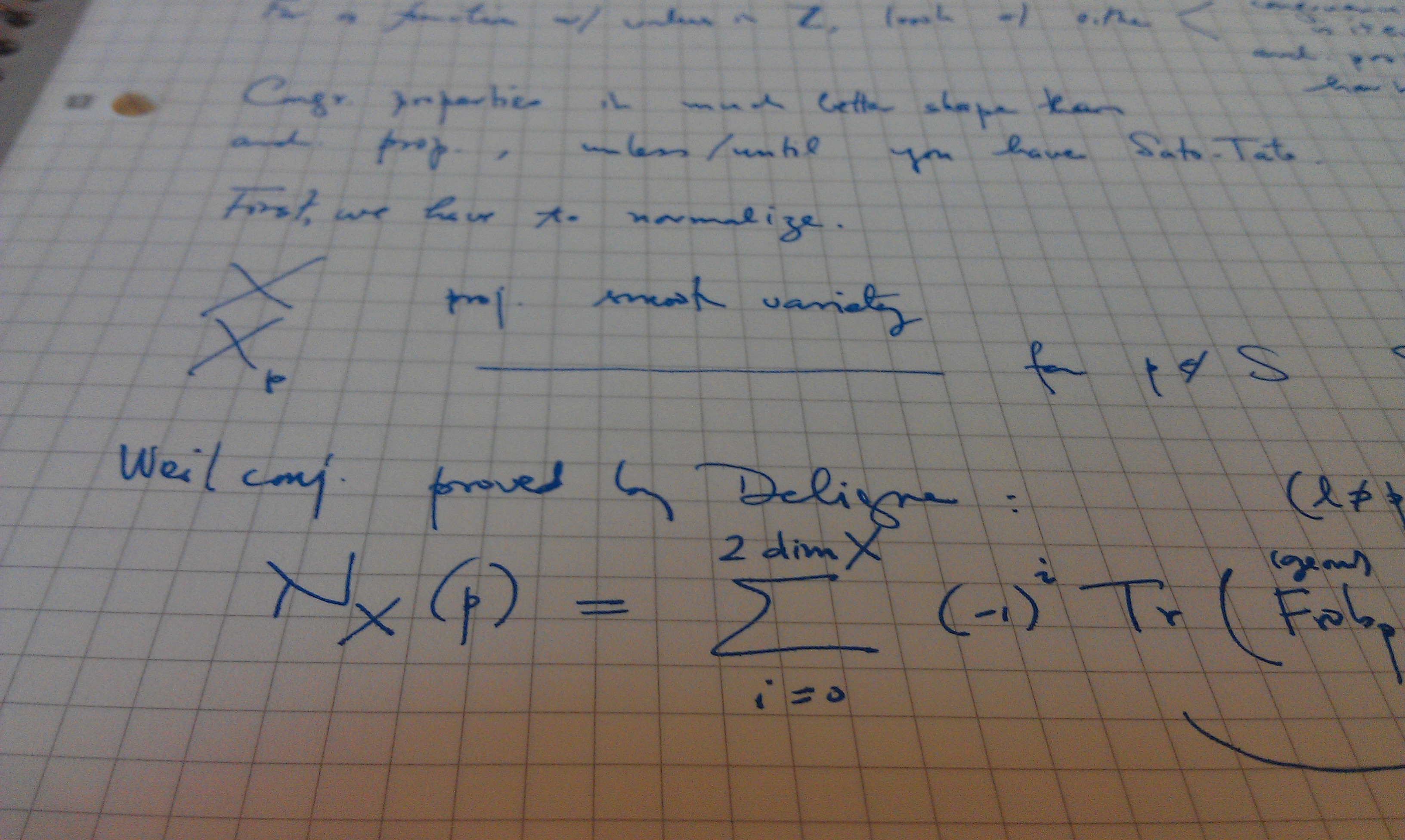Publication Date
2007
Journal or Book Title
SIAM REVIEW
Abstract
Recent developments in multiscale computation allow the solution of coarse equations for the expected macroscopic behavior of microscopically evolving particles without ever obtaining these coarse equations in closed form. The closure is obtained on demand through appropriately initialized bursts ofmicroscopic simulation. The effective coupling of microscopic simulators with macrosocopic behavior requires certain decisions about the nature of the unavailable coarse equation. Such decisions include (a) the highest spatial derivative active in the coarse equation, (b) whether the equation satisfies certain conservation laws, and (c) whether the coarse dynamics is Hamiltonian. These decisions affect the number and type of boundary conditions as well as the algorithms employed in good solution practice. In the absence of an explicit formula for the temporal derivative, we propose, implement, and validate a simple scheme for deciding these and other similar questions about the coarse equation using only the microscopic simulator. Simulations under periodic boundary conditions are carried out for appropriately chosen families of random initial conditions; evaluating the sample variance of certain statistics over the simulation ensemble allows us to infer the highest order of spatial derivatives active in the coarse equation. In the same spirit we show how to determine whether a certain coarse conservation law exists or not, and we discuss plausibility tests for the existence of a coarse Hamiltonian or integrability. We believe that such schemes constitute an important part of the equation-free approach to multiscale computation.
DOI
https://doi.org/10.1137/070692303
Pages
469-487
Volume
49
Issue
3
Recommended Citation
Li, J; Kevrekidis, PG; Gear, CW; and Kevrekidis, PG, "Deciding the nature of the coarse equation through microscopic simulations: The baby-bathwater scheme" (2007). SIAM REVIEW. 116.
https://doi.org/10.1137/070692303
